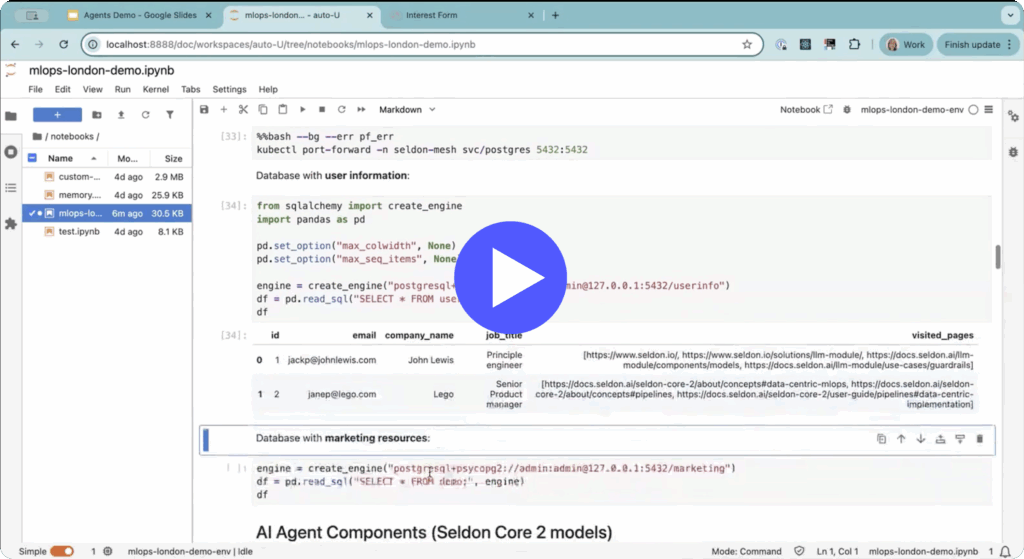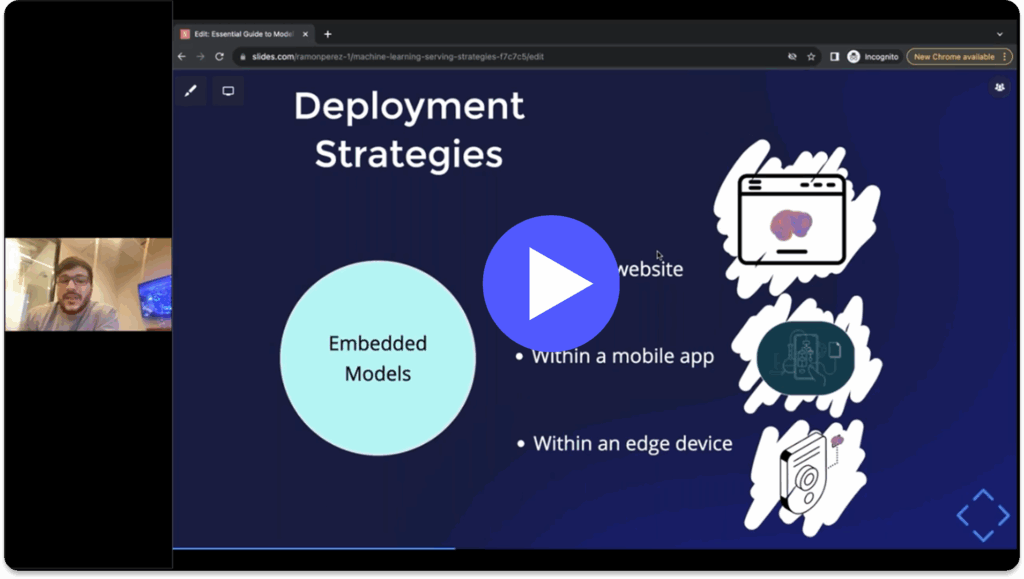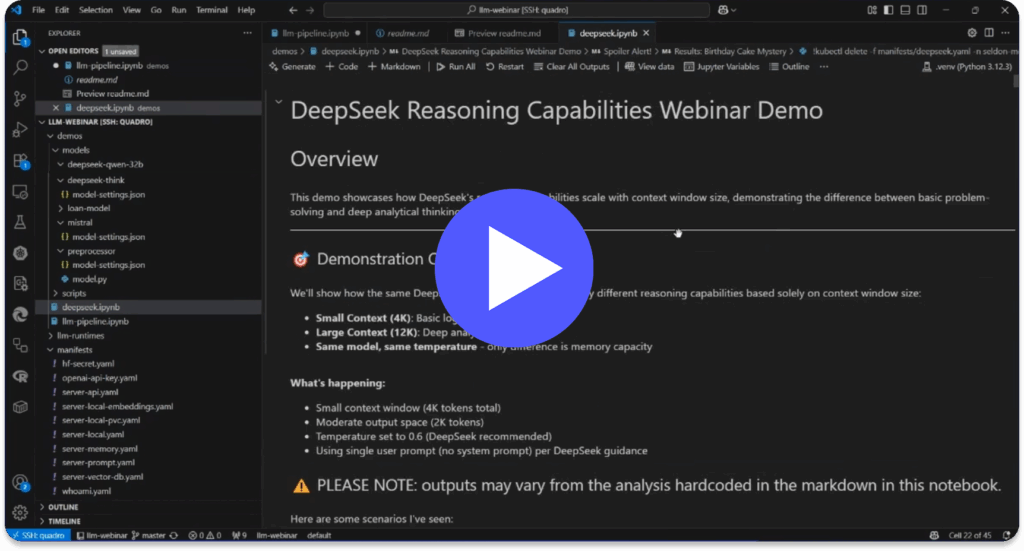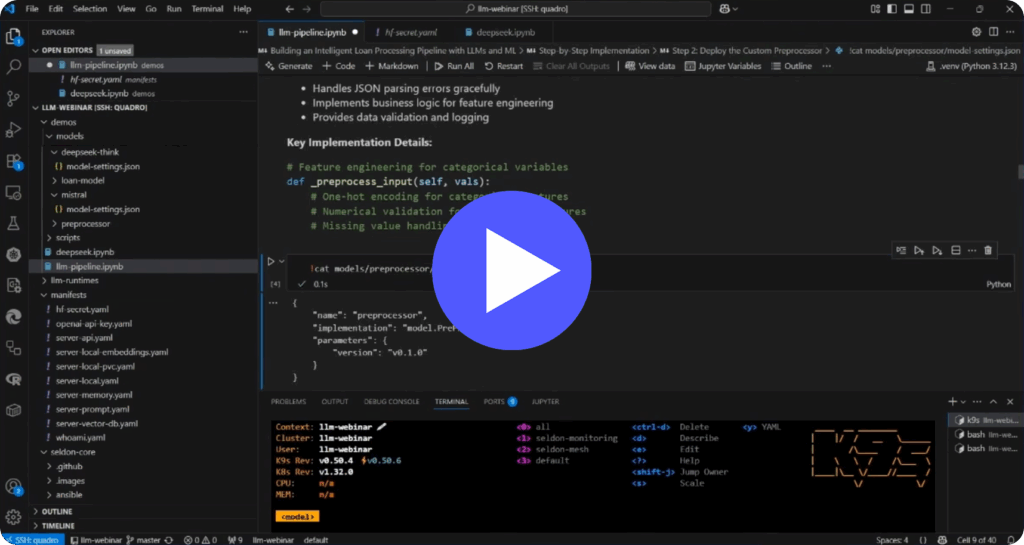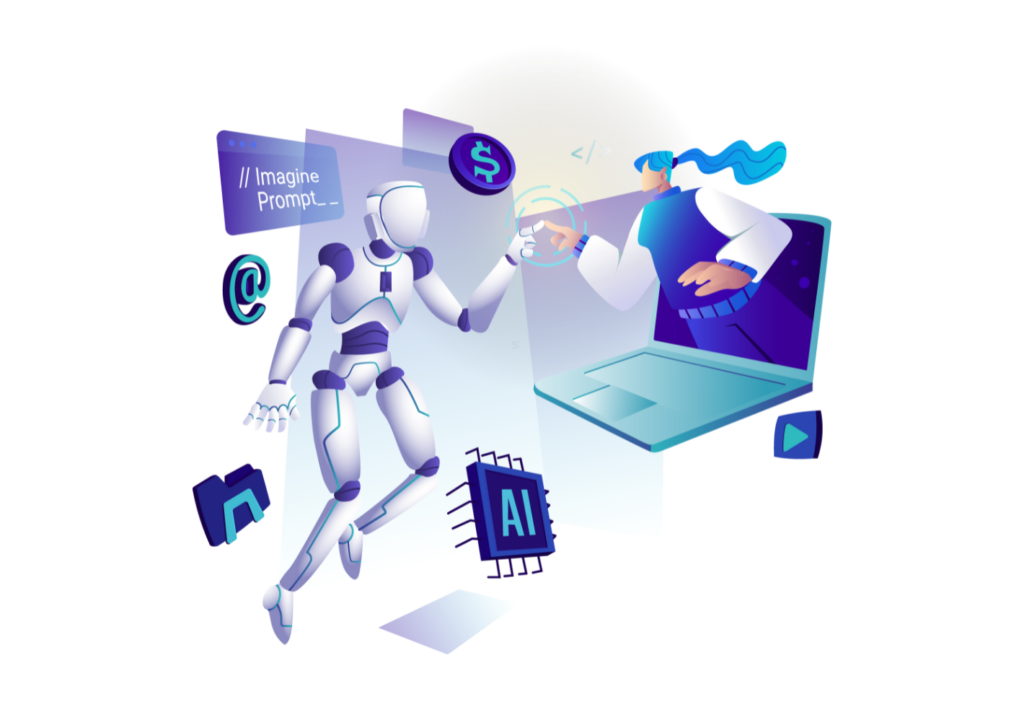Whether being used to clean data, surface trends and insights, or make forecasts, machine learning is increasingly becoming an important tool for data analytics. Organisations are processing more data than ever, so naturally want to harness this data to make decisions. Data analytics is the process of gaining insight and actions from data. As organisations gain more and more data from transactions, user interactions and customer behaviour, the uncovering of important trends relies on a process of data analysis.
Traditionally this would be a manual process, where a data analyst explores the data to highlight trends or answer business questions. The analyst may create a data dashboard to visualise the data, or produce a report addressing specific questions or trends. Machine learning in data analytics automates this process, as models are trained to leverage insight from data. This provides analysts with insights often in real time, as models can process complex data quickly and efficiently. In comparison, a traditional approach would be constrained by the time and resources of the data analyst.
Machine learning is increasingly becoming a key part of data analytics because of its ease of use and efficiency. It is scalable, and will generally increase in accuracy with more data and computing power. In practice, machine learning in analytics has a variety of applications, such as clustering data into similar groups or plotting future sales trends. This guide explores machine learning in data analytics, including the different types of machine learning that are deployed, and examples of its use.
Machine learning in data analytics explained
Organizations are processing more and more data every year, with improvements in tracking and the movement to digital services and products. Understanding the trends in this data is becoming integral to making successful business decisions. Data analytics is often used to answer why an outcome has occurred, whether that’s a trend in sales or a change in stock prices. Data analysis is also used to predict future trends for an organization to make informed decisions. Machine learning is well placed to enhance data analysis processes, as it can automate often resource-intensive data assessment.
The strength of machine learning is in the rapid analysis of huge data sets. Once trained, models can process data at speeds way beyond a human data analyst. For this reason, machine learning in data analytics is already being used to improve the process of data analysis. Models can be deployed at every stage of the data analytics cycle, whether providing the initial insight into raw data or predicting future trends. Machine learning is also scalable, and generally becomes more accurate and powerful with the more data and computing power that’s available.
Two of the main approaches to machine learning found in data analytics today will be models built on supervised or unsupervised machine learning techniques. The approaches have different training methods, requirements for labelled data, and final use cases. Supervised machine learning in data analytics will generally be used to predict outcomes from unseen data, whether that’s historic data or future forecasts. Unsupervised machine learning in data analytics will generally be used to discover trends and relationships within raw data.
Supervised machine learning
Supervised machine learning uses labelled training data to understand the relationship between input and output data. The approach requires labelled input and output data to train the model. The training data is labelled and cleaned by a data scientist, which can be a relatively resource intensive process. Supervised machine learning models are generally used to classify data or predict outcomes. Classification may consist of a model categorising documents or written text, or in identifying individuals in facial recognition software. Classification models are therefore less relevant to machine learning in analytics.
The second major application of supervised machine learning is in predictive modeling, a key part of data analytics. Supervised machine learning models are used to predict continuous outcomes or solve regression problems. Through machine learning regression, models learn the relationship between independent variables and an outcome. Once this relationship is known, regression models can be used to forecast and predict outcomes and trends. This is particularly useful in data analytics, as regression models can be used to predict future outcomes from unseen data, and also to predict missing historic data too. These models will generally fit a line within data points which minimizes the distance between the line and data points. The outcomes of new and unseen data can then be plotted using this line.
Supervised machine learning in analytics is used to:
- Forecast trends and outcomes from unseen data, such as forecasting future sales of a specific product.
- Understand the relationship between input and output data.
- Model outcomes like salary changes or house prices from unseen data.
- Fill gaps in historic data by predicting continuous outcomes.
- Predict user trends on e-commerce websites.
- Understand how different independent variables affect an outcome. .
Unsupervised machine learning
Unsupervised machine learning models are trained on raw or unlabelled data. Models are used to identify the trends and patterns within this raw data, so in practice unsupervised machine learning is a popular technique in data analytics. Unsupervised machine learning will process data without direct human oversight. A human will set the hyperparameters of the model, but in unsupervised machine learning the model will learn from the unlabelled data itself.
Unsupervised machine learning models have two popular applications, both of which are important elements of machine learning in data analytics. Unsupervised machine learning is often used to either cluster raw data, or to understand association rules between different variables. Both applications help organisations understand the relationships between data points within raw data.
The first application is clustering, which is a popular use of unsupervised machine learning models. Clustering is the grouping of data into similar categories, based on the data point relationships within the dataset. This approach can help group similar data points in unlabelled data, helping organizations gain efficient insight into raw data. This approach is also an important part of initial exploratory data analysis, as it helps data scientists understand the innate groupings within the data.
Clustering is often a technique that’s leveraged early in the machine learning model lifecycle. It may even be an initial step in cleaning and labelling data for supervised machine learning models. By clustering data, the model can also be used to highlight data points that sit beyond normal expected groupings. This makes clustering a key part of detecting outliers and anomalies in datasets, an important part of ensuring data quality during analysis.
The second major use case for unsupervised machine learning in analytics is in identifying association rules. This is the discovery of how data features relate and connect with other features, helping to map the relationship between different data points. This approach is already a major part of recommendation systems on ecommerce sites or streaming services. It can help organizations understand the habits or related interests of customers and users, so is a key way of gaining insight into data in marketing or campaign management domains.
Examples of unsupervised machine learning in data analytics includes:
- Performing initial exploratory data analysis to understand trends and relationships within raw data.
- Clustering unlabelled datasets into distinct groupings, such as audience segmentation in marketing lists.
- Detecting outliers and anomalous data.
- Automatically surfacing trends within raw data.
- Understanding the relationship between different features within data.
Examples of machine learning used in data analytics
Organizations are increasingly leveraging their customer or performance data to improve services and products. The strategy behind business analytics might focus on competitor analysis or customer trends, with the aim to improve and optimise the organization’s services. Traditionally, data analysts would manually explore the data to answer questions or create forecasts. Increasingly, machine learning is being used to supercharge this analysis.
Machine learning algorithms already form a key part of many data analytics software, helping organizations make data-led decisions. Algorithms can identify and surface trends on dashboards in real time, identifying success stories within campaigns.
Common examples of machine learning in data analysis include the segmentation of users, providing insight into campaign performance, or even analysing health trends in the general public. In all of these examples, machine learning is performing tasks with much more efficiency than a human equivalent. Machine learning is fast becoming a major part of modern life, and it’s already integral to many data analytics solutions and approaches. Examples of the use of machine learning in analytics include:
- The automatic segmentation of user or customer data in marketing platforms. Machine learning can segment users data using features like interests, search history, or behavior. Analysis of customer behavior within these related groupings can provide organizations with granular insight to make data-led decisions.
- Live and reactive insights on campaign performance in a range of digital settings. A social media algorithm may provide insight into the optimum time for posting or engagement, or may populate a dashboard with background to campaign’s success or failure.
- Filling gaps in data through machine learning algorithms. Machine learning is being harnessed by the new generation of Google Analytics software to fill gaps in user data. Changes in data privacy laws have caused a drop in user data through opting out of tracking. Machine learning is being leveraged to fill the gap by predicting untracked user data.
Take Control of Complexity With Seldon
With over 10 years of experience deploying and monitoring more than 10 million models across diverse use cases and complexities, Seldon is the trusted solution for real-time machine learning deployment. Designed with flexibility, standardization, observability, and optimized cost at its core, Seldon transforms complexity into a strategic advantage.
Seldon enables businesses to deploy anywhere, integrate seamlessly, and innovate without limits. Simplified workflows and repeatable, scalable processes ensure efficiency across all model types, while real-time monitoring and data-centric oversight provide unparalleled control. With a modular design and dynamic scaling, Seldon helps maximize efficiency and reduce infrastructure waste, empowering businesses to deliver impactful AI solutions tailored to their unique needs.
Talk to our team about machine learning solutions today –>


